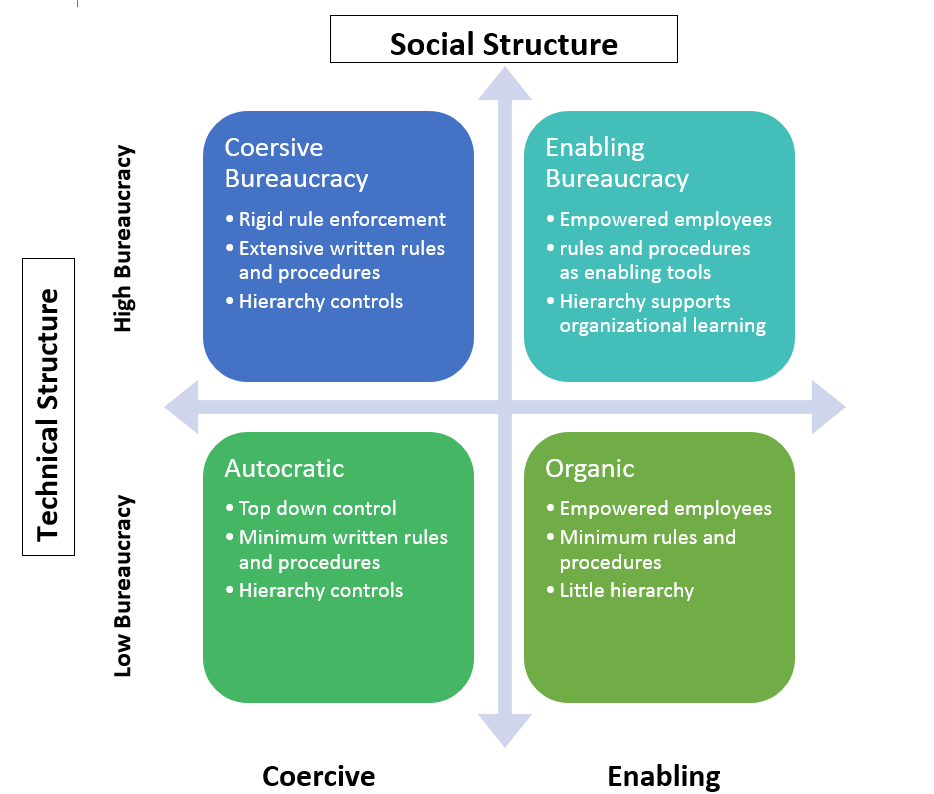The LTPAC Summit, held this week in Baltimore, MD, featured dozens of incredible speakers on the growing place of Health IT and technology in the LTPAC space. A number of key leaders at the Office of the National Coordinator and CMS confirmed the importance of increasing attention to LTPAC providers, who were, to a large extent, unfortunately left out of early planning and funding.
An entire track of sessions were focused on EHR implementations and case studies, providing useful advice for providers contemplating an EHR or interested in optimizing a prior installation. I was pleased to present one of the sessions on using lean six sigma to improve implementation strategies. By combining lean analysis of processes and people with six sigma project methodology, I shared how providers can save time and money while reaping better EHR adoption outcomes.
Several themes were common through the track, including these three takeaways:
1) Project Management Skills are Fundamental
Several speakers noted the importance of strong project management skills in designing and implementing an EHR project. LTPAC providers typically don’t have project staff onsite and several providers shared how they benefited from the support of an outside implementation manager to assist with the transition.
An experienced project manager ensures an accurate project charter is developed, the project team is diversified and represents all stakeholder groups, project milestones are kept on track, and resources are deployed effectively to ensure a successful EHR adoption experience.
In planning the project, it is important to spend adequate time on initial project scoping and team selection. Providers noted that initial investments in the planning phase provided substantial dividends throughout the process.
2) Thorough Needs Assessments are Important (and You Can’t Rely on Your Vendor)
From examining IT needs to measuring the current capacity of line staff to use computerized processes, providers shared that an initial assessment is key to developing an accurate plan of the training and equipment that will be necessary for implementation. Vendors can provide some support in this process, but it’s important to not rely on them to drive the process. Oftentimes, vendors propose generic training plans that don’t uniquely address the facets of individual communities and systems.
I shared that one of the ways eSSee Consulting helps providers save money is by focusing training specifically on job routines rather than deploying mass, untargeted training. By creating training specifically for each job, tailored by the staff’s existing familiarity with computers, and deployed close to the time of implementation, providers can expect a 20-40% reduction in total training time needed.
3) Processes Will Change; Be Ready
Workflows and processes need to be updated for an electronic environment. Old workflows should be thoroughly mapped and examined to see how work will change, and it’s important to be willing to let go out old practices and habits. Many providers create trouble down the road by trying to keep old forms and habits that reflect a paper-centric way of thinking.
A great example is the SOAP note that most nurses are familiar with. Traditionally, the chart note is completed by documenting the subjective resident complaint, objective data collected, the nursing assessment of the issue and the plan of care to resolve the concern. Because EHRs store notes in reverse chronological order, and oftentimes truncate notes after a few lines, providers can reduce the time spent on gleaning needed information by promoting an APSO note instead. By charting the assessment and plan of care first, future readers will be able to more quickly identify a resident’s status and care needs, oftentimes substantially reducing the number of clicks needed to display the needed information.
Are You Considering an EHR or Still Struggling to Improve Your Community’s Adoption?
eSSee Consulting offers a range of solutions to assist you. Our deep experience in workflow analysis and process improvement helps us craft individualized solutions that will help your community reap the full benefits of an EHR, from improved resident care to streamlined billing to better business intelligence for decision-making. Get in touch today to learn more about how we can help you succeed.


